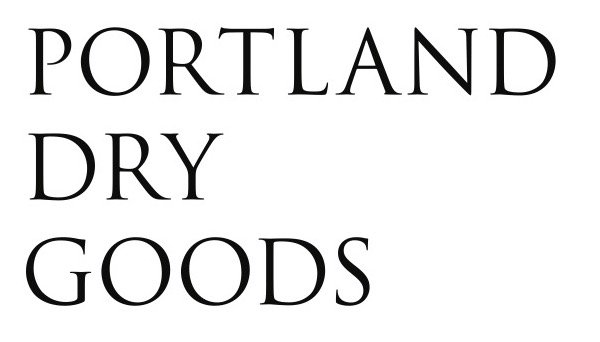Punnett Squares and Phenotypic Probability
The discovery that led to an epidemic of physical awareness
It was the creation of punnett squares that led to a pandemic of blame and accusations across the world. With this new understanding of genetics, people were now able to identify where their traits came from. Although Reginald Crundall Punnett didn’t mean for this to happen, it was inevitable. All he was trying to do was make a breakthrough contribution to science, which he did, but he didn’t realize how dangerous this knowledge would be. From then on, people were obsessed with which genetics came from whom and the potential of them having the same ones. In order to figure out what comes from where there are a few things that have to be understood first. We don’t want to make this a vocab lesson but it's imperative for the next step.
Allele - one of the two options of a trait being passed down
Recessive Allele - a trait that doesn’t get much say if the boss is around
Dominant Allele - the boss
Phenotype - The traits that we see (hair color, freckles, eye color, etc)
Punnett Square - a square diagram used to predict the probability of different genotypes (inherited genes) appearing in breeding
Now that we have brushed up on our 6th grade biology class lesson, let's talk about making one of these squares.
What Sparks Your Curiosity?
First step, decide what phenotype you would like to predict. Choose one dominant allele and one recessive allele. In this case, we chose hair color. This will not affect the outcome of the experiment so you can get as specific as you want, or not choose anything at all. It really depends on how long you want to take doing this first step. My guess is that reading this instruction has taken much more time than it should take to decide what you want to do.
Yes, This Includes Some Artistry
Second step, draw the box. A square with two perpendicular lines going through the center, connecting to the sides of the box, like so:
Applying Vocab
Third step, add the dominant and recessive traits. For the sake of the exercise, do two traits that have the dominant and recessive gene.
Genetic Addition of Sorts
Fourth step, combine the traits in their respective boxes. This will tell us the likelihood of this trait presenting itself.
Analysis
Now that we have finished this drawing exercise, let’s go through our results. This shows us a 75% (¾ boxes show dominant alleles) probability of inheriting the trait of brown hair and a 25% (¼ boxes only have recessive alleles) probability of inheriting blonde hair. All done! We hope you learned something! If you knew this already, thank you for sticking around and hopefully we gave you something to do.




